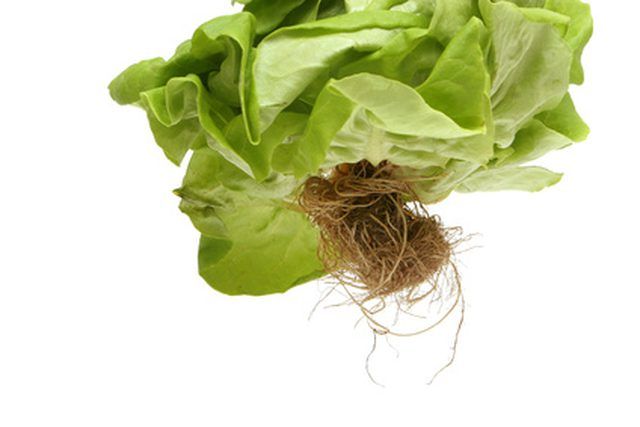Bulbs
Flower Basics
Flower Beds & Specialty Gardens
Flower Garden
Garden Furniture
Garden Gnomes
Garden Seeds
Garden Sheds
Garden Statues
Garden Tools & Supplies
Gardening Basics
Green & Organic
Groundcovers & Vines
Growing Annuals
Growing Basil
Growing Beans
Growing Berries
Growing Blueberries
Growing Cactus
Growing Corn
Growing Cotton
Growing Edibles
Growing Flowers
Growing Garlic
Growing Grapes
Growing Grass
Growing Herbs
Growing Jasmine
Growing Mint
Growing Mushrooms
Orchids
Growing Peanuts
Growing Perennials
Growing Plants
Growing Rosemary
Growing Roses
Growing Strawberries
Growing Sunflowers
Growing Thyme
Growing Tomatoes
Growing Tulips
Growing Vegetables
Herb Basics
Herb Garden
Indoor Growing
Landscaping Basics
Landscaping Patios
Landscaping Plants
Landscaping Shrubs
Landscaping Trees
Landscaping Walks & Pathways
Lawn Basics
Lawn Maintenance
Lawn Mowers
Lawn Ornaments
Lawn Planting
Lawn Tools
Outdoor Growing
Overall Landscape Planning
Pests, Weeds & Problems
Plant Basics
Rock Garden
Rose Garden
Shrubs
Soil
Specialty Gardens
Trees
Vegetable Garden
Yard Maintenance
How to Flush Hydroponics
How to Flush Hydroponics. In hydroponics, the term "flushing" means providing your plants (especially crop plants) with an opportunity to flush from their systems excessive amounts of nutrient minerals and salts that these plants sometimes take up as they grow. There are a number of popular methods used to flush your hydroponically grown...

In hydroponics, the term "flushing" means providing your plants (especially crop plants) with an opportunity to flush from their systems excessive amounts of nutrient minerals and salts that these plants sometimes take up as they grow. There are a number of popular methods used to flush your hydroponically grown plants. The variations to these methods involve the use of different chemical additives to speed the process as well as differing lengths of time the flushing process is implemented before the harvest.
Things You'll Need
Hydroponic flushing agent (such as Grotek's Final Flush or Advanced Nutrients' Final Phase) (optional)
Drain the nutrient solution from your nutrient water reservoir. This can be done anywhere from a few days to a couple of weeks before your plants are ready to harvest.
Replace the nutrient solution with plain makeup water. Optionally, you can add a flushing agent according to label directions. These formulas are mostly composed of chelating agents. Chelating agents are like "chemical 'claws' that can grasp other materials, such as individual nutrients, and bind to them," according to the Advanced Nutrients website.
Test the pH and adjust it, if necessary, to the value where you have been keeping it throughout the growth cycle (usually around 6.0).
If you're using the flushing agent, follow label directions to determine when to drain the flushing agent mixture. Drain the nutrient reservoir again at the proper time, and replace with plain makeup water. Monitor and adjust the pH as needed. This is what will remain in the nutrient reservoir until harvest time.
Optionally, you may have to drain and fill the nutrient reservoir with plain makeup water once more in the middle of this flushing period if you notice your electrical conductivity (EC) levels rising in the reservoir. This simply means additional nutrient salts are leaving the plants and the growing substrate, rinsing off the root zones and going back into solution in the water. This step only rarely should be needed, however.
Tips & Warnings
Some growers use a flushing cycle periodically during the entire growth cycle of the plant, not just immediately prior to the harvest.
If you're a home grower raising continuously producing crops like lettuce, then you won't want to harvest the entire plant at once. In this case, don't do a flush. Begin by eating a bite or two of the crop to determine whether it has picked up any bitterness from the nutrient salts. If not, the crop is fine to consume as is. If you notice a bitter taste, try soaking each piece of your harvest in ice water for about 30 minutes prior to eating. This should remove most of the bitter taste.